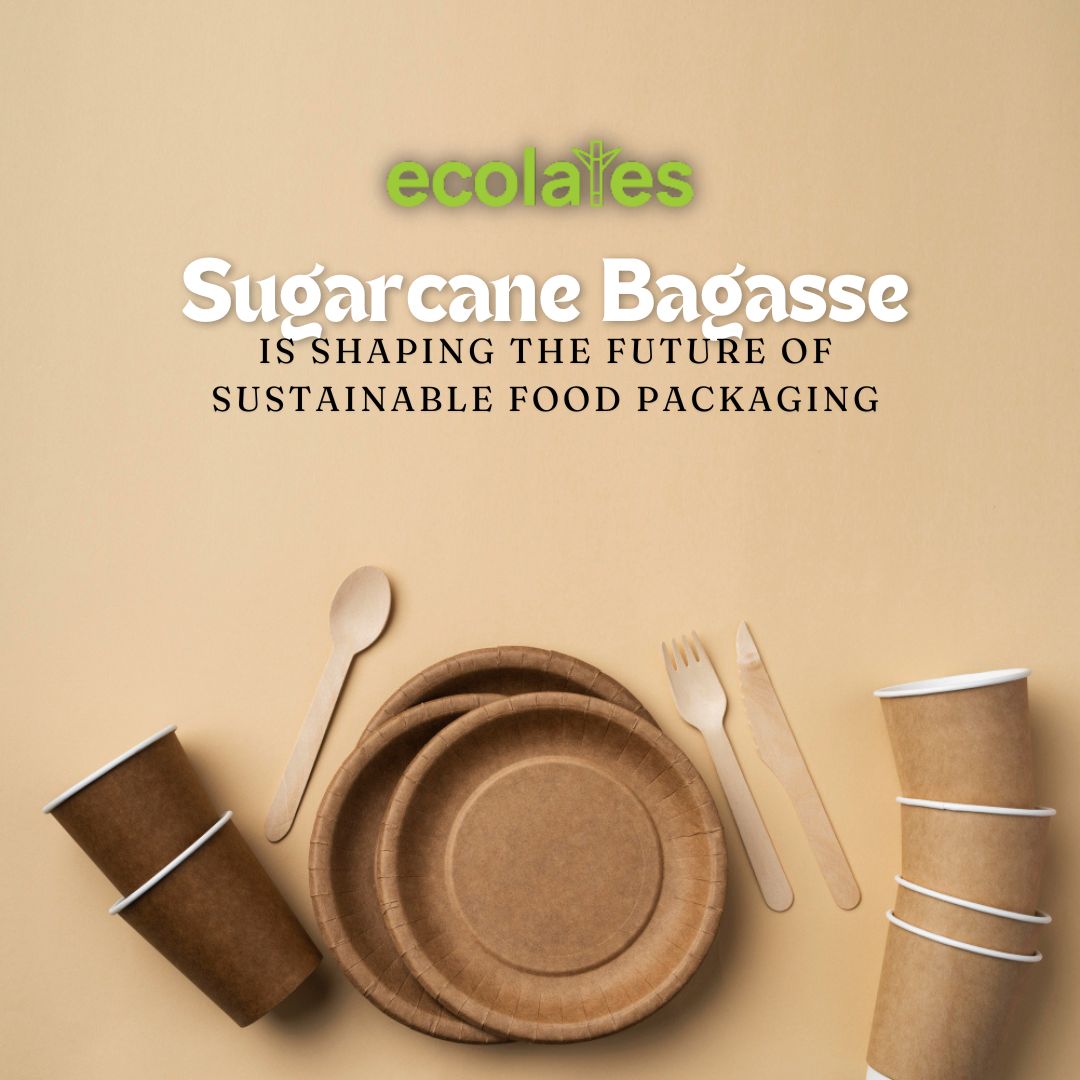As the food packaging industry shifts towards sustainability, sugarcane bagasse plates and sugarcane bagasse bowls are emerging as a leading eco-friendly alternative. This by-product of sugarcane processing, once considered waste, is now recognized for its potential to revolutionize packaging by offering a biodegradable and compostable solution.
Why Sugarcane Bagasse?
Abundant and Renewable: Sugarcane bagasse is readily available and utilizes agricultural waste, reducing reliance on finite resources like petroleum used in plastics.
Biodegradable and Compostable: Unlike plastics, bagasse decomposes within months without leaving harmful residues, making it ideal for single-use plates and bowls.
Energy Efficient: Producing bagasse tableware consumes less energy compared to conventional plastics, contributing to a smaller carbon footprint.
Market Trends and Consumer Preferences
Eco-Conscious Consumers: A growing number of consumers prefer products with sustainable packaging. Brands using bagasse tableware can attract this demographic by aligning with their values.
Regulatory Pressures: Increasing government regulations on single-use plastics are pushing businesses to adopt biodegradable options like bagasse.
Corporate Responsibility: Companies are adopting bagasse tableware to meet sustainability goals and reduce plastic use.
Environmental Impact Analysis: Bagasse vs. Traditional Materials
Resource Use: Bagasse reuses agricultural by-products, whereas plastic relies on new raw materials.
Carbon Emissions: Bagasse production emits fewer greenhouse gases than plastic manufacturing.
End-of-Life: Bagasse naturally decomposes and enriches soil, unlike plastic, which can persist in the environment for centuries.
Innovations in Bagasse Tableware
Enhanced Durability: Advances in processing have improved the strength and heat resistance of bagasse tableware.
Aesthetic Appeal: Modern designs and shapes offer a visually pleasing alternative to plastic.
Functional Versatility: Bagasse products now include a range of items like compartment plates and secure-fitting lids.
Case Studies
Green Gourmet Café (San Francisco, CA): Switched to bagasse tableware, reducing waste by 40% and attracting eco-conscious customers.
Eco Events Ltd. (London, UK): Adopted bagasse for all events, achieving zero-waste status and gaining new business opportunities.
Conclusion
Sugarcane bagasse plates and bowls offer a practical and sustainable alternative to traditional food packaging materials. Their biodegradable nature, coupled with market and regulatory shifts, positions bagasse as a key player in the sustainable packaging revolution. By embracing bagasse, businesses can reduce their environmental impact and appeal to a growing base of eco-conscious consumers, paving the way for a greener future.





Comments